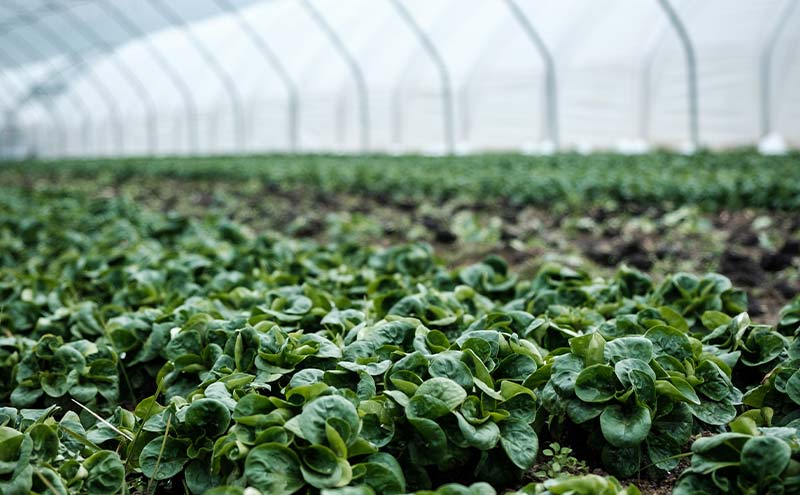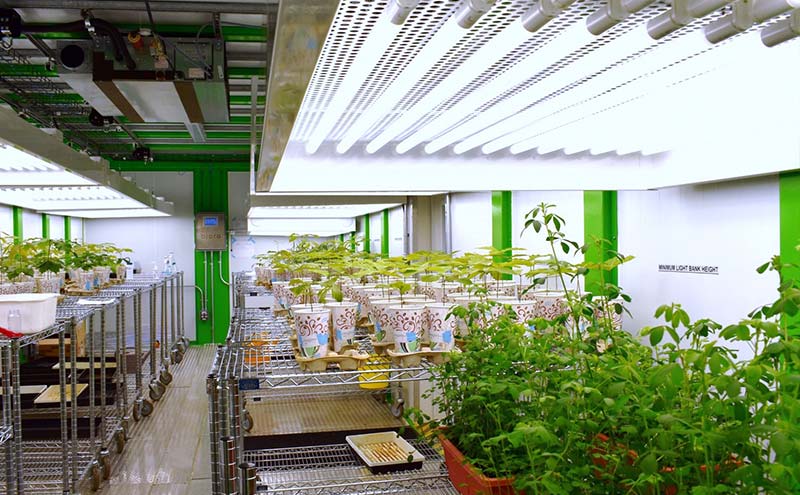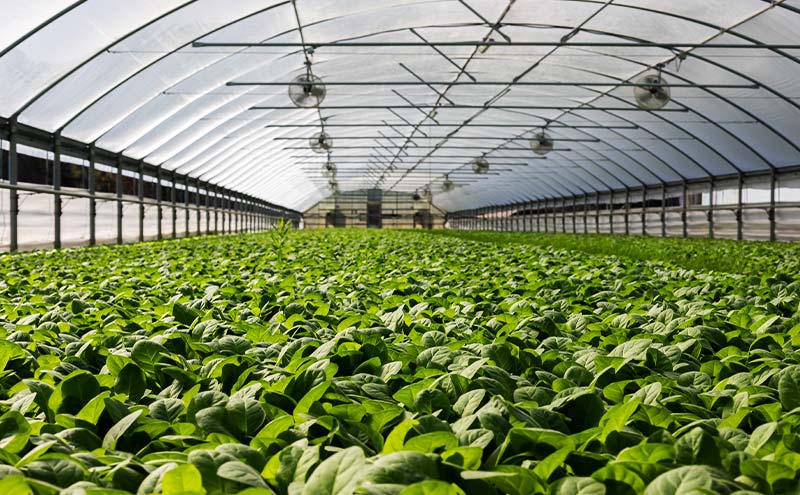Understanding how extreme weather is impacting the feasibility of greenhouses for agricultural research.
With the rise in frequency and severity of climate change-driven extreme weather. Do agricultural research institutions need to rethink where they conduct experiments?
The adverse effects of a changing climate on the Australian and global agriculture systems are well documented. Heatwaves, drought, cyclones and increased pest and disease virulence are becoming more prevalent. These changes are set to add further pressure to agriculture output and industries related to food production.
Agricultural researchers are looking to new technology to help adapt and address these challenges; re-examining the approach to farm practice and controlled environment agriculture.

What is Changing and Why is it Important to Ag Research?
Extreme weather events are likely to increase in frequency and intensity. According to the Climate Council, 2017 and 2018 were the worst years for weather-related disasters, with insurance companies in Australia paying out 1.2 billion in weather-related claims.
As global weather patterns change, learning to adapt is a must, including how we sustain agricultural and biotechnological industries. Maintaining research and production of sustainable food supplies is a critical issue for many governments; the effects of extreme weather should be considered in its development.
The Climate Council’s 2018 Extreme Weather Report identifies several effects of a warming climate that will likely drive the frequency and severity of extreme weather:
- Small increases in mean temperatures over time increase the probability and frequency of hot extremes (including those at record levels).
- Changes to ocean temperatures due to additional heat in the atmosphere are said to increase frequency and severity of storms and cyclones, leading to flash flooding and high wind loads. The number of storms with winds stronger than 250km p/r has tripled since 1980 (reference)
- A rise in global average temperature is said to increase atmospheric moisture content leading to more intense precipitation which includes short heavy rain, snow and hail. While the frequency of small hail is reported to decrease the probability of large and giant hail will increase
- Reduction in average rainfall will increase the frequency and severity of droughts. The Southwest of Australia. May to June rainfall as decreased by around 20 per cent since 1970. (reference)
As scientists identify changing patterns, more research is needed to develop proven methods to meet these challenges.
The Fragile Nature of Glasshouses in Agricultural Research
Today’s protected crop growth medium is the glasshouse (and related plastic-covered systems), globally occupying an estimated 8000km2. The widely popular use of greenhouses in agricultural research stems from their relatively inexpensive build (p/sqm), easy installation, and ability to provide seasonal solutions. Yet, its very nature makes them relatively unprotected and susceptible to extreme weather.
The structure can cave under increased snowfall and makes them vulnerable to flying debris in storms. In January of this year, golf ball-sized hail storms lashed the Australia Capital Territory (ACT), causing widespread damage to cars and property. It also caused significant damage to 65 glasshouses at the Commonwealth Science and Industrial Research Organisation (CSIRO), devastating years of agricultural research. In September 2019, 1000 hectares of greenhouses were affected in the Spanish horticultural region Almeria, first by flooding and then by a hail storm which included a fatality.
In the event of a storm or cyclone, greenhouses are likely to be affected by wind. As winds pass over a greenhouse, they create positive and negative pressure zones; in extreme circumstances, they can collapse or overturn buildings. This wind is exacerbated if the air is allowed to enter the greenhouse through doors, windows or vents, effectively doubling the wind force and causing the greenhouse to lift.
Temperature spikes or heat waves make it difficult for greenhouses to regulate temperature significantly in summer when evaporative cooling and shading are ineffective. This spike is particularly prevalent in tropical lowlands in Malaysia, where high heat and humidity, in conjunction with high season rainfall, has led to inefficient crops and issues with pests and plant disease.
Ironically experiments conducted to mitigate the effects of climate change on plants and crops are invariably done in controlled environments that cannot cope with the conditions themselves.
Controlled Environment Systems (CE) for Agriculture Research
Indoor plant research facilities or plant factories are characterised as multi-tiered, thermal-insulated rooms that are either portable or fixed within a building. While not new in principle, indoor CE’s incorporate much of today’s modern technology to artificially simulate the ideal environment for plant growth or plant research. Many CE’s are erected in existing laboratory space within universities and agriculture-based research institutions.
Like greenhouses, indoor controlled environment systems remove the complexity of seasonality when growing cereal crops, fruits and vegetables. Therefore, allowing plant research and food production to be available year-round, irrespective of geographical location. Additionally, they bring food closer to its source of consumption, reducing greenhouse gas emissions and other costs associated with transportation.
These systems are not too dissimilar from vertical farming applications. The motivation is to maximise agriculture production inside a reduced footprint, which will minimise energy consumption and inputs such as water, fertiliser, herbicides, or pesticides. Plant factories are popping up all over the world in repurposed building and warehouses.
From a research perspective, the advantages of utilising indoor CE’s for agricultural research purposes include:
- An advanced level of control of environmental parameters to record the impact on plants with very gradual or minor changes in climatic conditions
- The provision of a sterile and clean environment for micropropagation and plant tissues culture research
- Protection from extreme weather as an indoor system doesn’t rely on the outside climate to replicate the desirable light and heating conditions inside
- Security of research with GMO’s, providing the necessary quarantine and bio-safety containment to conduction such analysis

There are positive and negative aspects of all types of CE infrastructure. However, their application in agricultural research in particular with plant breeding technology and the development of controlled cropping methods is undeniable. As extreme weather continues to impact agriculture output and our food industry as a whole, consideration must also be given to the suitability of CE infrastructure to protect our valuable agriculture research and biotechnology sectors.

Holger Plange
Amateur horticulturalist and sales professional with a passion for innovation and science in both medical, agriculture and biotechnology sectors.






